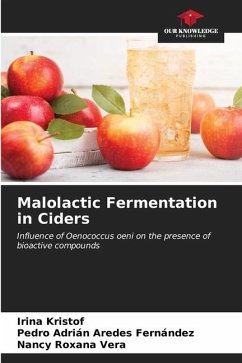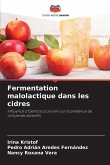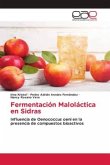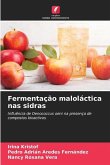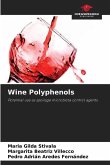In the elaboration of cider, an alcoholic fermentation (AF) occurs first, carried out by the yeast Saccharomyces cerevisiae, producing the transformation of the sugars in the apple juice into ethanol and carbon dioxide. In addition to AF, malolactic fermentation (MLF) can occur, carried out by lactic acid bacteria (LAB), which produce the transformation of malic acid into lactic acid. Among the LAB present in cider, Oenococcus oeni is the best adapted species and the one that normally performs MLF under the hostile conditions of cider, such as nutrient scarcity, low pH and high ethanol content. While the primary function of food and beverage fermentation is related to increased food safety and shelf life, it has also been associated with providing consumer health benefits. This thesis evaluates the modification of bioactive compounds with potential impact on consumer health during MLF by O. oeni in cider.

